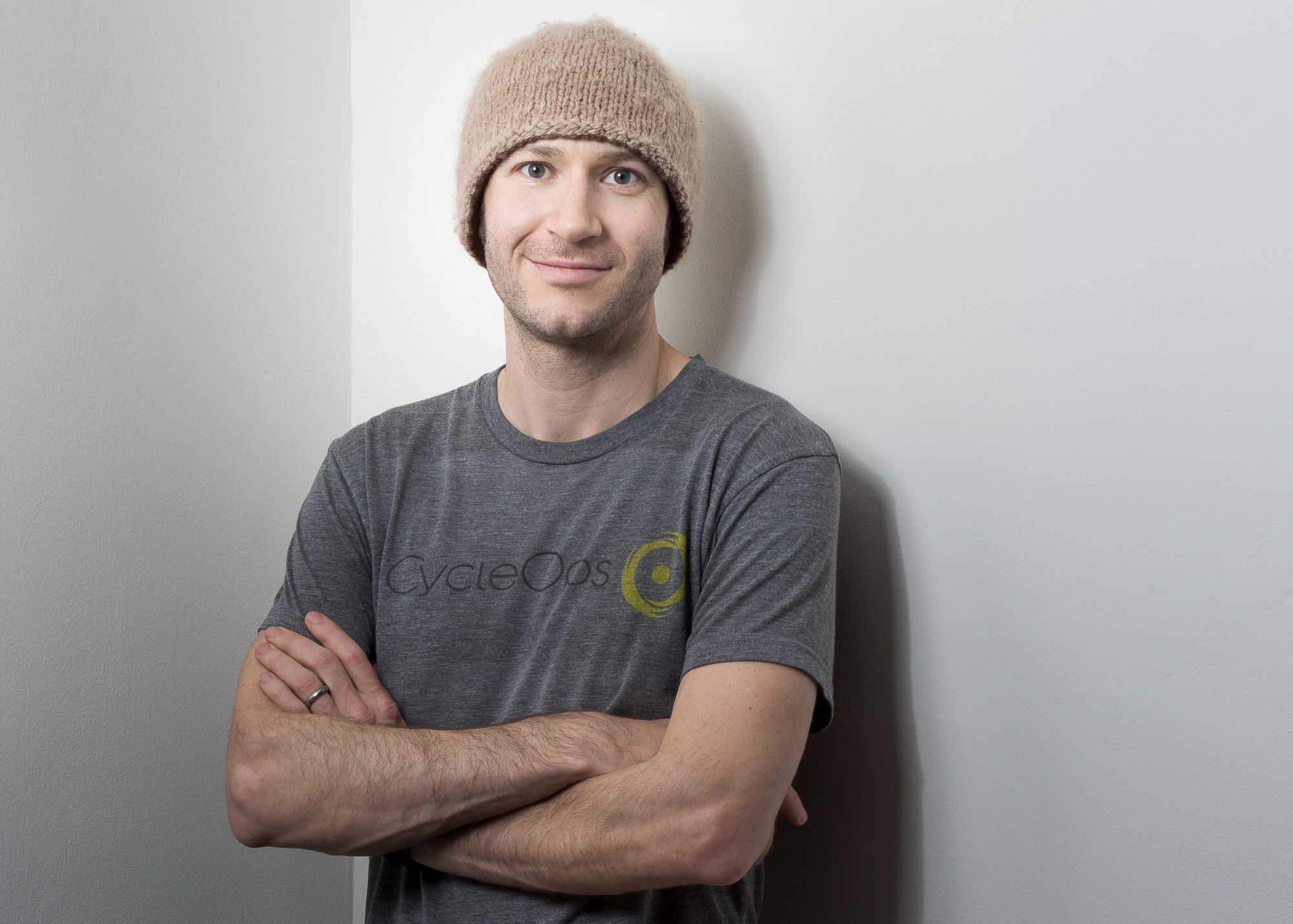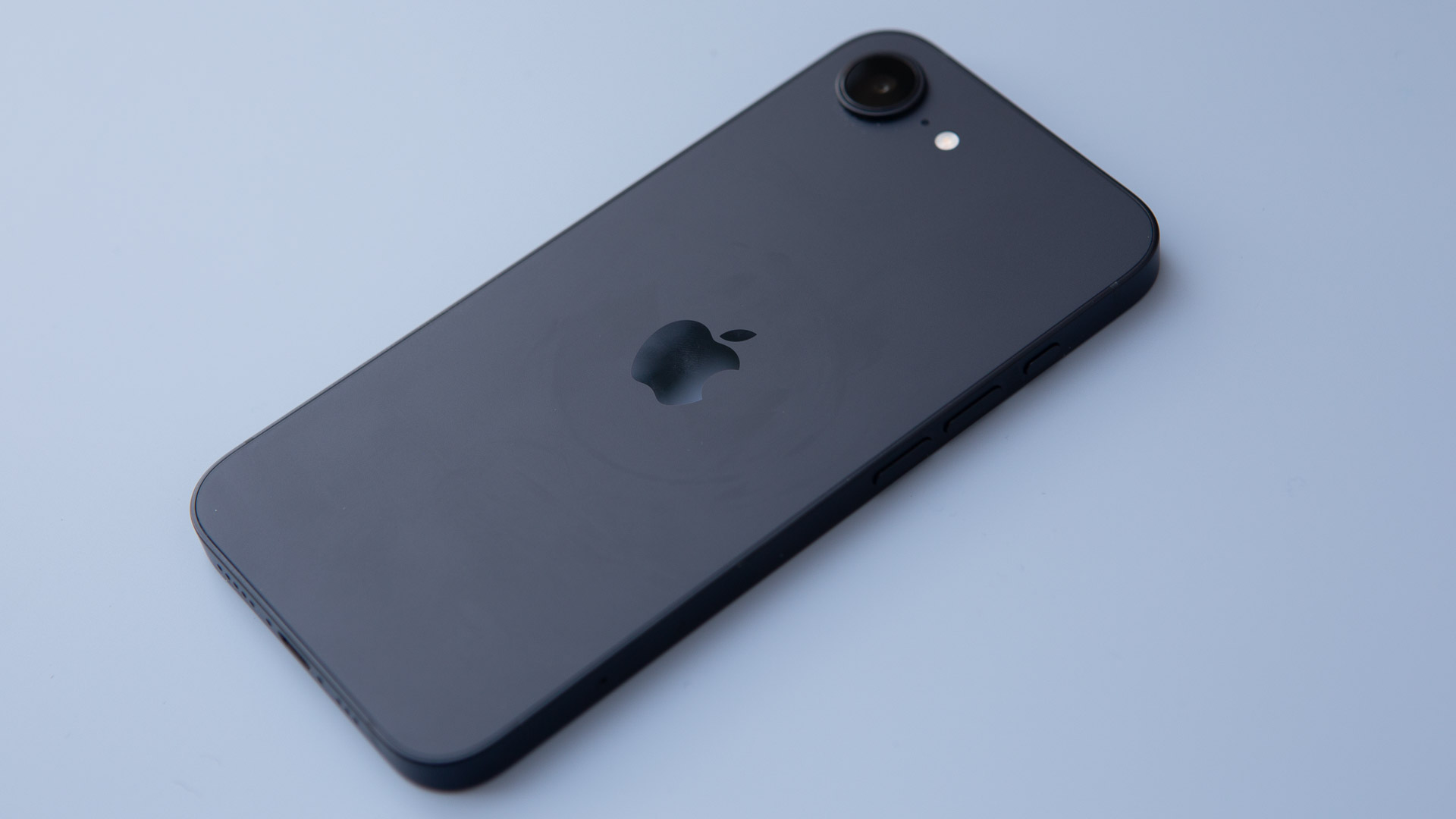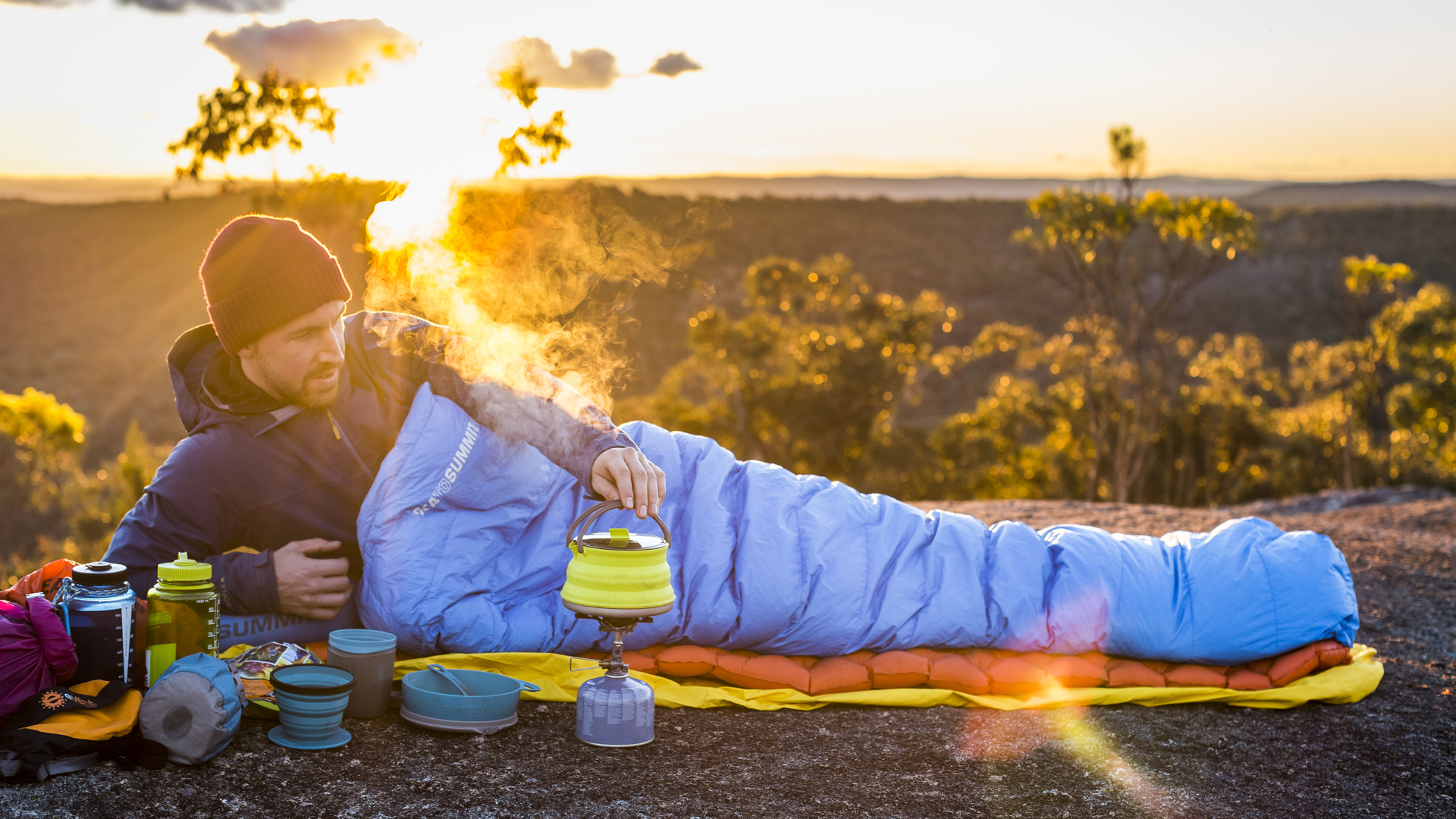
When it comes to ultralight backpacking and bikepacking, Sea To Summit is one of the experts in the field. This brand makes some of the best lightweight sleeping bags and best camping mats around. I put the Cinder Down Quilt, Ultralight Air Insulated Sleeping Mat, and Aeros Ultralight Inflatable Pillow to use in the most demanding situation I could think of: I rode my packed bike 100 miles then slept in a park so I could wake up and race over 200 miles in the Swift Summit NW bike race.
It takes a season of training to tackle a race like the Sift Summit NW so the stakes were high and the gear had to perform. I put my trust in Sea To Summit and tested to see if the claims they made would hold up. Could a sleep system this small and light be warm enough and comfortable enough that I could get the rest I needed before the biggest ride of my life?
- You need one of the best bike computers for riding the longest distances
- Check out a collection of tips for bikepacking and cycle touring
- Make sure you have the best gravel bike for mixed surface riding
What are the pieces involved in a full Sea To Summit sleep system?
There was a time when the gear designed for restful sleep in the backcountry was disparate. There was no concept of a sleep system and you'd look for a sleeping bag that worked for you then find a sleeping pad that also fit your needs. That concept switched when the needs of the ultralight backpacker, and later bikepacker, started to push quilts to the forefront instead of sleeping bags. Modern sleep technology views the pieces of gear used for sleeping as a system.
There's nothing that says you have to purchase all the pieces or that you can't mix and match different products from different sources. It's just that in an effort to make everything as light and effective as possible a company like Sea To Summit designs the pieces they offer as a system. The design of the quilt affects the design of the pad and the pillow works with both to create the lightest, warmest, solution possible.
- Sea to Summit Ether Light XT Extreme sleeping mat review: a ridiculously comfy yet packable camping bed
- Sea To Summit Telos TR2 Tent review: a lightweight and well-designed offering
Sea To Summit also adds versatility by considering the quilts and the bags as co-partners in the system. You can start with two different items rated for warmer temperatures. It might make sense to have a lightweight warm weather solution plus a midweight piece for shoulder seasons. If you decide to brave a winter adventure then combine the two pieces.
In this case three pieces of the sleep system made an appearance for testing. The Cinder Down Quilt with a rating for 50°F, the Ultralight Air Insulated Sleeping Mat, and the Aeros Ultralight Inflatable Pillow. All three items traveled by bike to a race then got put to use sleeping the night before and the night after the big event.
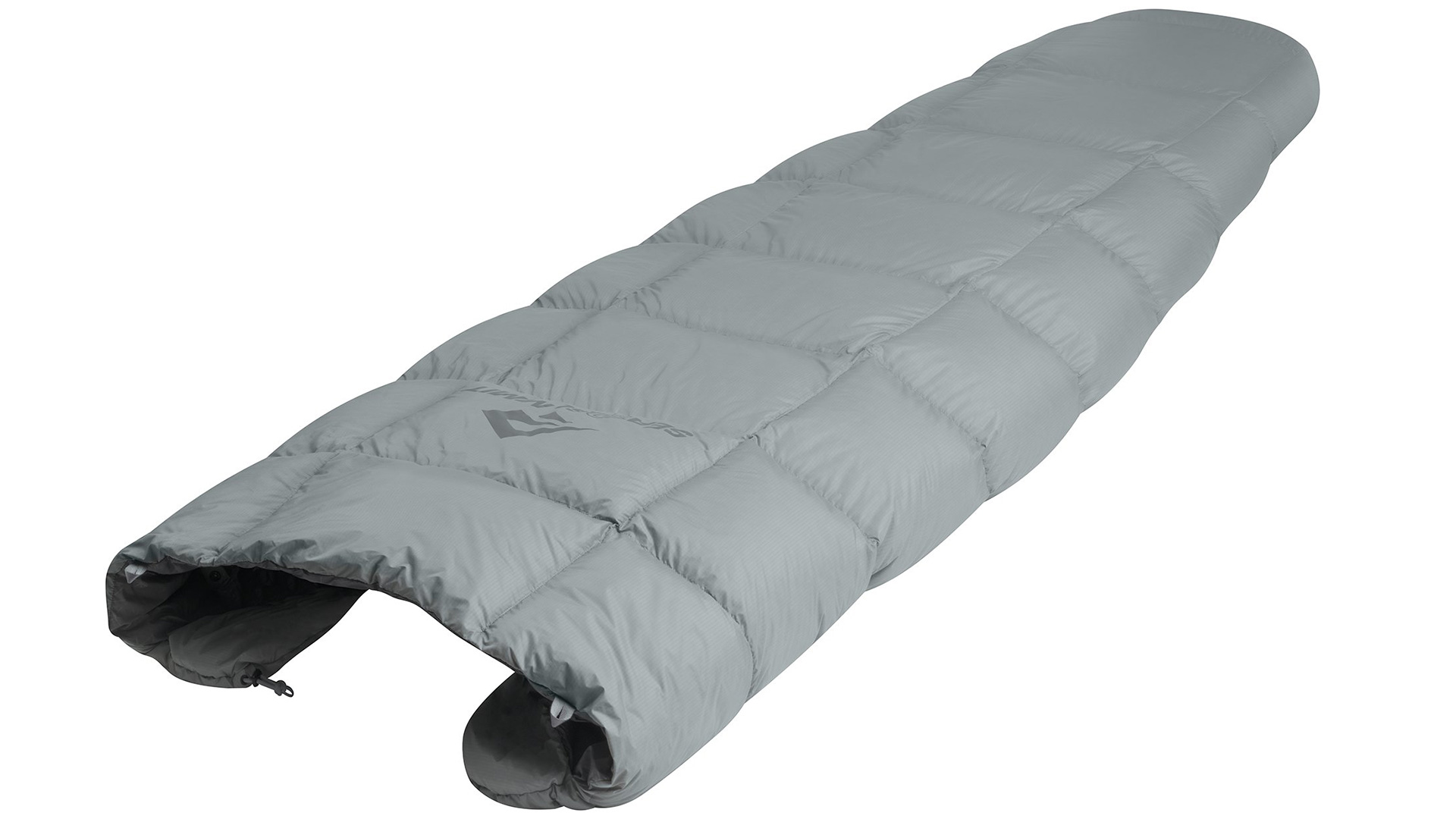
The Cinder Down Quilt ($179.95 / from £160) is a lightweight, super-packable insulated quilt. The focus is on ultralight, weight-conscious, bikepacking and backpacking warmer-weather use. Like other quilts in the system, QuiltLock makes it possible to attach to a Sea To Summit sleeping bag adding an extra season's warmth when needed. Used on it's own, the versatile press stud and adjustable strap system secures the quilt to your mat, sealing in warmth but staying versatile if it gets overly hot.
Sign up to the T3 newsletter for smarter living straight to your inbox
Get all the latest news, reviews, deals and buying guides on gorgeous tech, home and active products from the T3 experts
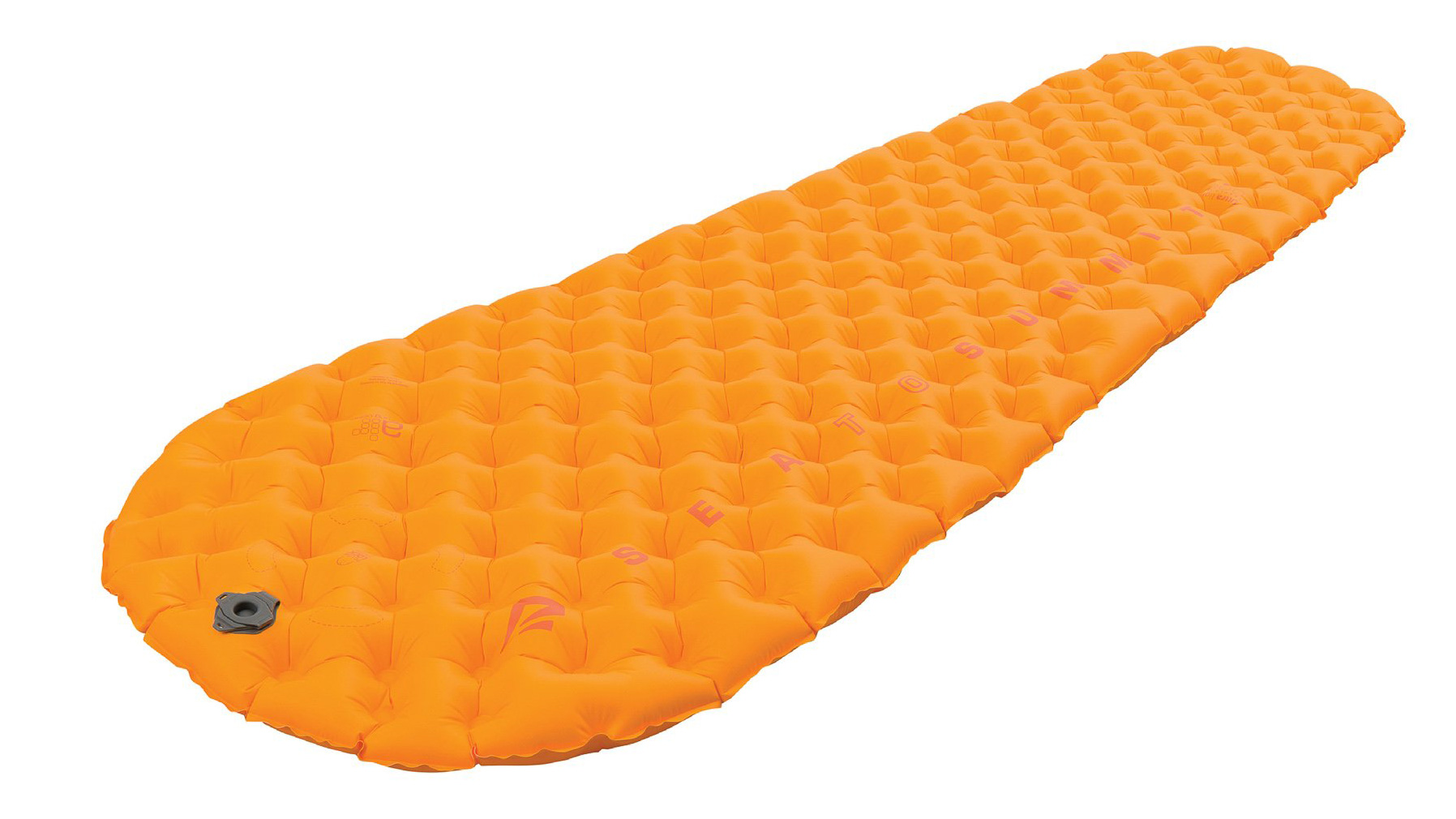
Paired with the Cinder was an Ultralight Air Insulated Sleeping Mat ($139.95 / from £120). It's a lightweight sleeping pad that remains comfortable and durable despite the low weight. The Air Sprung Cell design keeps you stable on the mat and well supported while also being strong and reliable. It carries an R-Value of 3.1 making it best for summer as well as late spring and early fall.
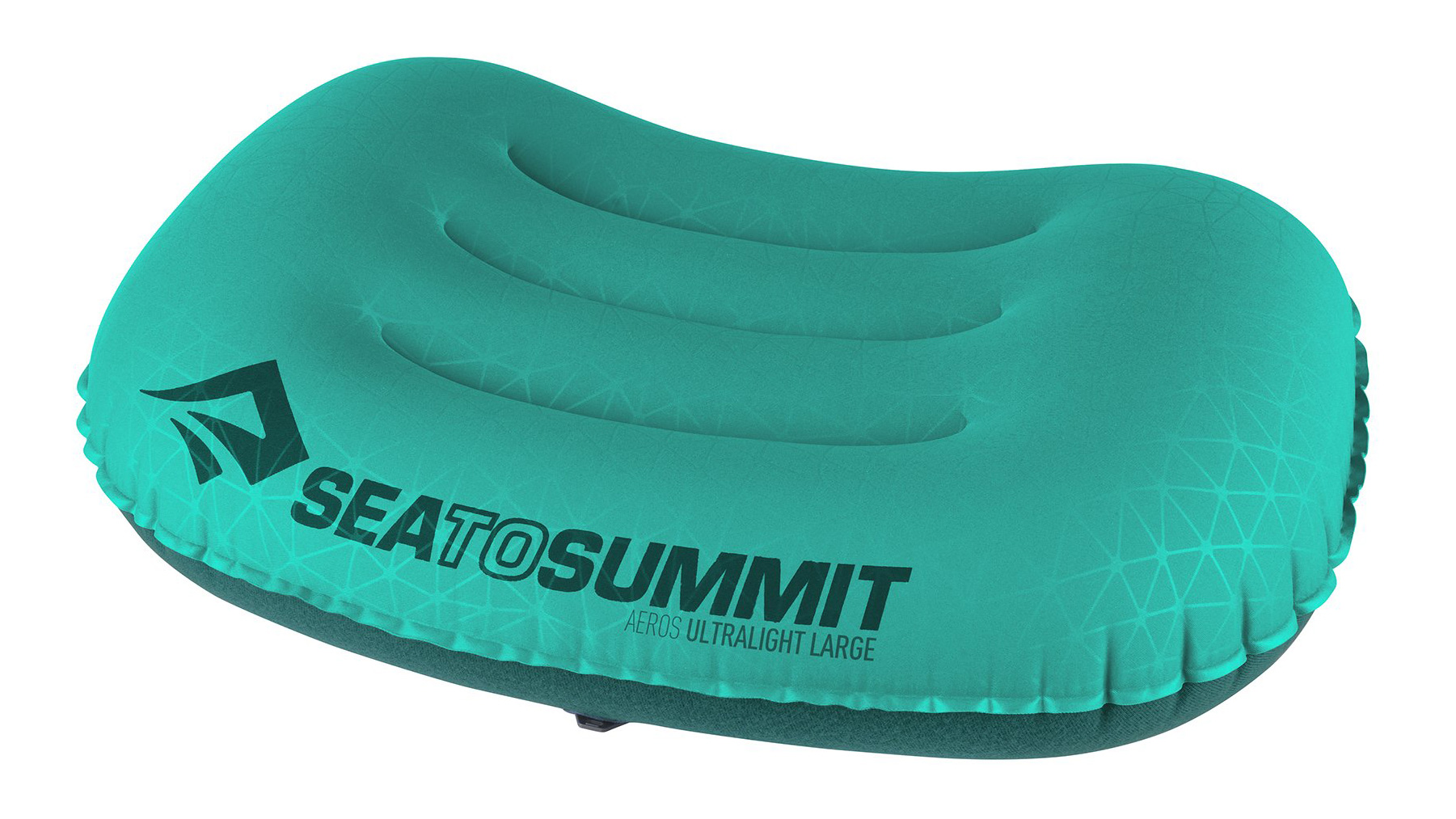
The last piece of the system along for the ride was the Aeros Ultralight Inflatable Pillow ($39.95 / from £30). An inflatable pillow is a bit of a luxury item but at 58 grams including the stuff sack and a pack size that fits in the palm of your hand it doesn't require big sacrifices. Bringing a pillow also tends to make sense when you are traveling so light that there's no extra clothes to put into a makeshift pillow.

The first thing I had to tackle was getting to my race by bike. I like to travel as light as possible. I don't like extra bags on my bike and I see anything added as unnecessary complexity. I had a T-shirt, lightweight pajama bottoms, two Range meal bars for breakfasts, a front light for the early morning start, a 10000mah USB battery pack, and all the gels and drink powders I needed for nutrition while riding to and from the race as well as during the event. That was in addition to the Sea To Summit sleep system and at the last minute I decided to add sandals even though I was racing in walkable shoes.
The Sea To Summit sleep system weighed in at 1159 grams (2.5lbs) for all three pieces and the stuff sacks. Definitely lightweight but more importantly in this case is how low volume it all is. I was able to fit all the clothes, sandals, light, battery, and the complete system into a Brooks Scape Seatpost bag with a 10L max capacity. There was actually more than enough space to fit the food also but I opted to pack it separately for ease of getting to it if I wanted to.

The stuff sack for each piece is well designed and in some cases multi-use. The Cinder quilt has a compression system in the stuff sack. There are three straps you can tighten to get it packed as tightly as possible. The Ultralight Air Insulated Sleeping mat has a stuff sack that's compact but also doubles as a pump for inflating the Aeros pillow and the pad. The last piece, the Aeros pillow, uses a sack that is miniscule and easy to clip to the outside of another bag.
With everything loaded up I headed out the door with 100 miles of riding ahead of me to get to the start of the race. When I arrived, I stripped the bike down for race day and set up camp. I carried no ground cover because I knew I would have a soft grass covered spot so setup involved inflating the pad and the pillow and buckling the blanket under the pad.
The valve on the pillow and the pad are the same but different sizes. In each case it's a two-piece system. Starting from the outside there's a small cover labeled 'inflate'. Pull the tab and this layer opens to reveal a valved layer labeled 'deflate' and oriented perpendicular to the first layer. The labels are somewhat misleading because while pulling the second layer does deflate the piece it's also the layer that facilitates inflation. The stuff sack for the pad has a matching valve, one for each size needed, that connects to the layer labeled 'deflate' and contains a one-way valve. Pull the final layer and it opens the valve allowing for deflation.

A multilayer valve allows easy inflation and quick deflation.
Using the pump sack isn't the easiest thing at first. It takes a bit of practice to understand how far away you need to be to effectively inflate the pump sack. The purpose of the pumpsack is twofold. It makes inflation quicker but more importantly it keeps moisture from your breath out of the pillow and sleeping mat. Condensation can cause bacteria and mold buildup over time that can decrease the durability of a mat. Given that Sea to Summit is passionate about durability they have treated the internal TPU laminate with an antimicrobial treatment to inhibit mold and fungal growth but they also created the pump sack system. The design allows condensation to collect on the pump sack rather than entering the pad or pillow.
With everything inflated the pillow sticks to the pad via a previously installed hook and loop pillow lock system and the blanket straps to the pad with straps. It's not necessary to strap the quilt down but it helps keep it in place and it's still easy to stick a foot out if you find yourself too hot. The only downside is that once laying down it's not possible to pull the Cinder blanket up further. Just make sure it's high enough before getting settled.
Once settled I took some time to feel just how comfortable I really was. The Ultralight Air Insulated Sleeping pad was plenty wide enough for my shoulders and arms to feel comfortably supported. With the Cinder blanket strapped down and cinched tight at the end it felt like a sleeping bag except it was easy to cool down when I wanted to. The pillow absolutely will not move around on the pad so that's another thing to get situated before settling
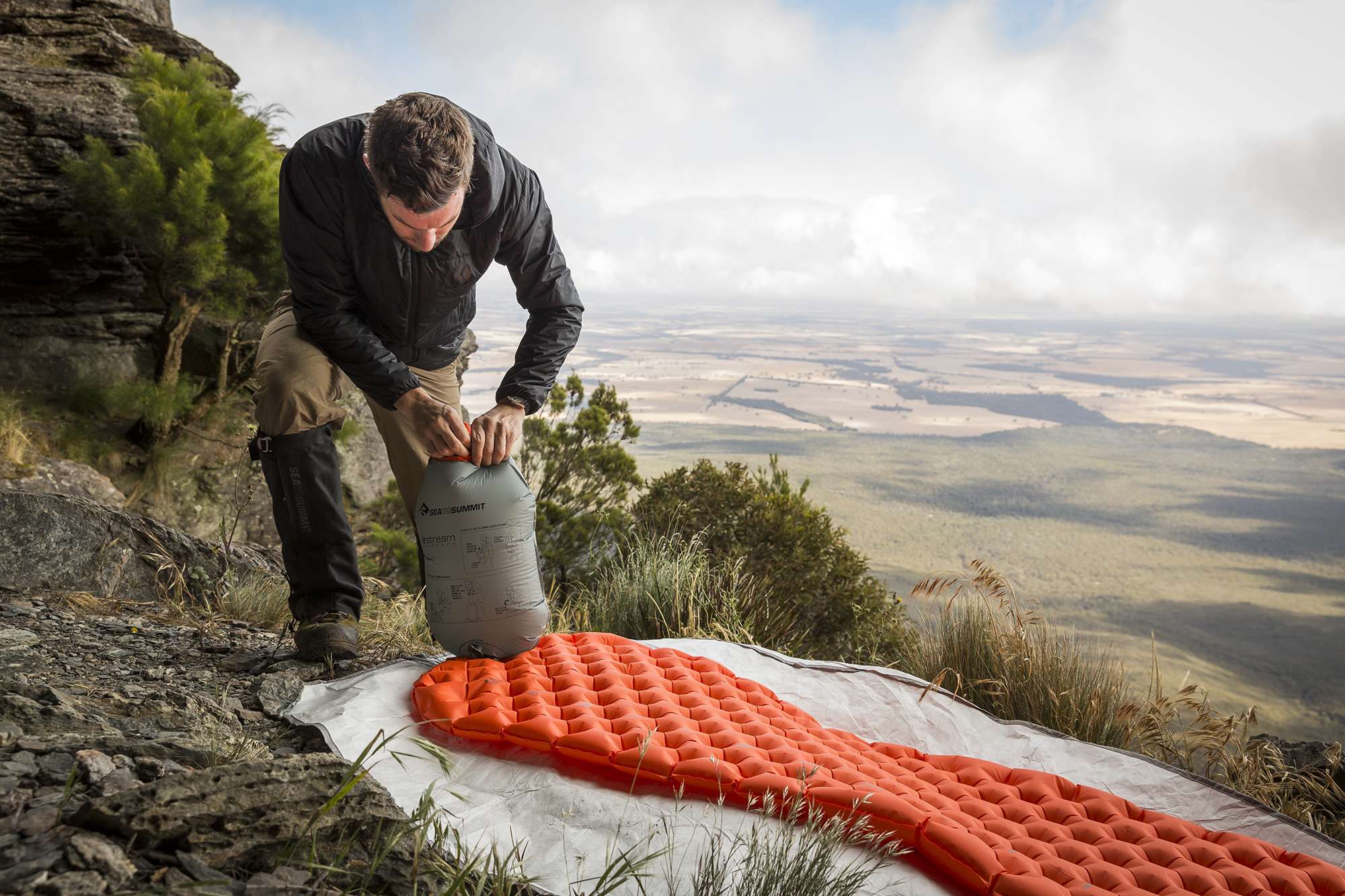
My ability to sleep was a little bit limited because of pre-race jitters but I could not believe how comfy and happy I was with the sleep system. In my desire to pack light I hadn't considered condensation through the night. It was a rookie mistake but it was also not an issue. Although the RDS 750+ Loft ULTRA-DRY Down would have lost warmth if soaked through the 20D Nylon waterproof/breathable NanoShell exterior handled everything without issue. I woke dry and warm with condensation beaded up on flat surfaces.
That first night I went to sleep a dirty, sweaty, mess and woke up early after only a few hours of sleep. I stashed my gear and raced across 211 miles and 14,000 ft of elevation. Temperatures topped out at 102 degrees F as recorded on my Garmin 1030 Plus bike computer and the sun remained blood red because of smoke in the air. After 16 hours of racing I arrived back at my camp with a 10th place finish out of 38 who started and 15 who finished. After food and a race provided mobile shower, I was back in the embrace of the Sea To Summit sleep system.
After that kind of exertion, it's not uncommon to have trouble sleeping and that's my experience. Once again though I was so surprised by what a comfortable system the Sea To Summit Cinder, Aeros pillow, and Ultralight Inflatable Sleeping pad is. Tossing and turning gave me a chance to test side sleeping with sore hips. The sleeping pad is light but you never touch the ground even at pressure points like hips while side sleeping.
Packing up in the morning was a matter of pulling the deflate tabs on the inflatable pieces and rolling them up. There's no struggle to fit things in the bags and just a single, sloppy, attempt gets the pad and the pillow small enough to fit. The Cinder makes good use of the compression bag to make it easy to get in then make it as small as possible.

Morning dew beads up on the exterior of the Cinder Down Quilt.
How much does the Sea To Summit Sleep System cost?
The entire Sea To Summit Sleep System, in the sizing I used, represents a price of just under $360. Each piece sells separately though and there are options that affect price.
Starting with the Cinder Down Ultralight Sleeping Quilt the pricing is $179.95 for a size regular and $199.95 for size large. The only available temperature rating is 50 degrees F but keep in mind that if you need something warmer it will pair with a second quilt or a bag from Sea To Summit.
The next piece of the sleep system is the Ultralight Air Insulated Sleeping Mat. There are choices for sizing covering 4ft 2in up to 6ft 6in and pricing changes with size. X-small carries a price tag of $119.95 with large coming in at $159.95. I weigh 137 and I'm 5ft 9in and I chose the regular sizing in both the Cinder and the mat. I could have gone shorter for the mat to save weight but opted to keep my feet on the mat with the longer size.
The final piece of the Sea To Summit Sleep System which I tested was the Aeros Ultralight Inflatable Pillow. For the pillow there are choices for both size and color. Pricing for regular is $39.95 with large being a bit more expensive at $44.95. Colors are Sea Foam Aqua and Grey and pricing doesn't change with the color chosen. I also tested size regular in the pillow.
Sea To Summit enjoys widespread distribution. Sleep system pieces are widely available at popular retailers both online and locally. If you'd prefer to shop directly with Sea To Summit all three pieces discussed here are available on the Sea To Summit website as well.
-
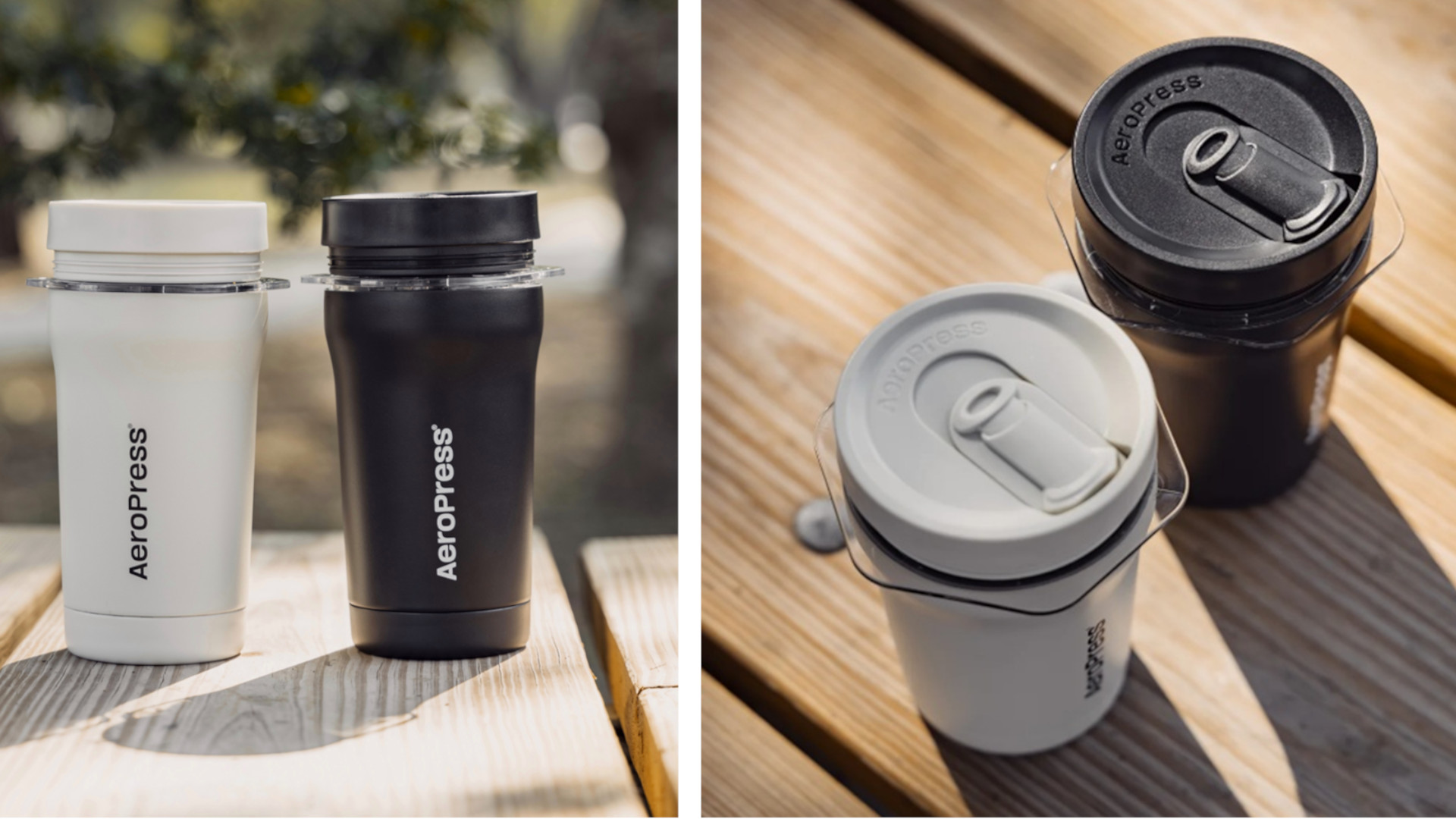 The AeroPress Go Plus is the gadget I need for my next outdoor adventure
The AeroPress Go Plus is the gadget I need for my next outdoor adventureWhether you’re off camping or heading on a hike, the new AeroPress Go Plus lets you enjoy great coffee on the go
By Bryony Firth-Bernard
-
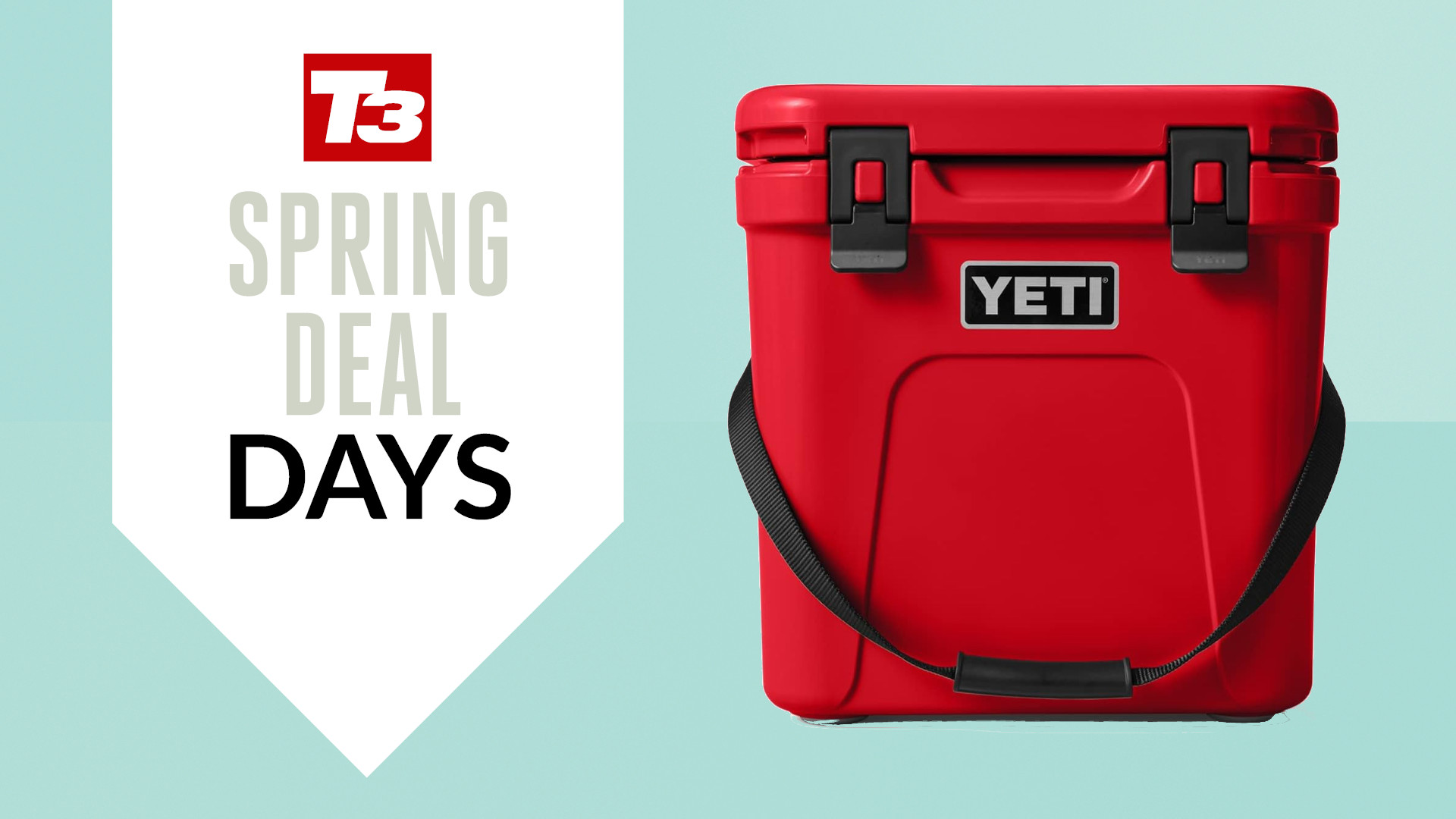 YETI has discounted a ton of its best-selling coolers and tumblers in Amazon’s Big Spring Sale
YETI has discounted a ton of its best-selling coolers and tumblers in Amazon’s Big Spring SaleJust in time for the warmer months
By Bryony Firth-Bernard
-
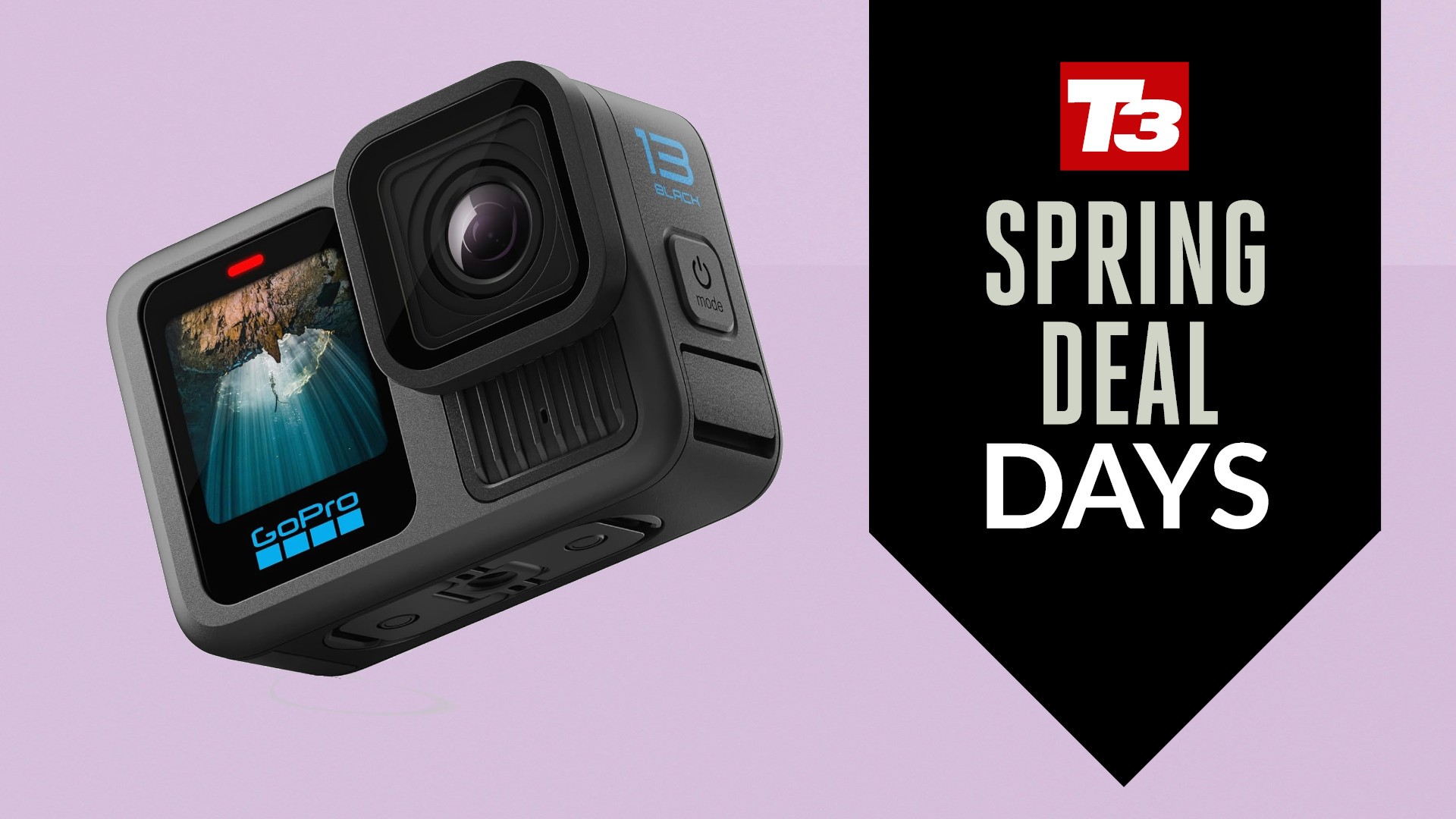 GoPro's latest flagship action cam just got a major price cut in Amazon's spring sale deal
GoPro's latest flagship action cam just got a major price cut in Amazon's spring sale dealYou can pick up the Hero 13 Black with almost 20% off
By Lee Bell
-
 How to pack your rucksack for a hiking or camping trip
How to pack your rucksack for a hiking or camping tripPack properly, save space and get easier access to the items you need the most
By Bryony Firth-Bernard
-
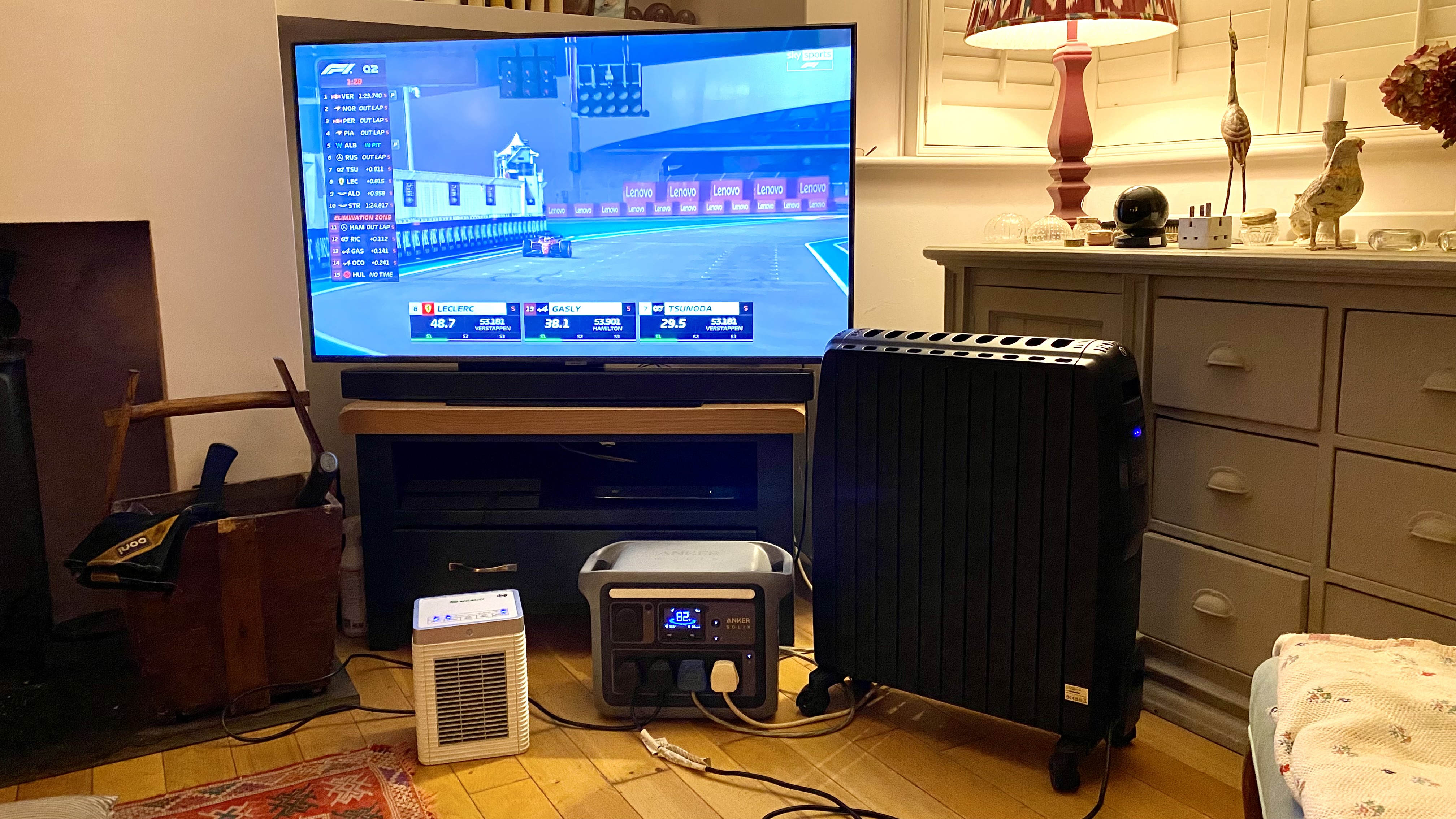 Change my mind: the smaller, the better with portable power stations
Change my mind: the smaller, the better with portable power stationsPut your portable power station to work when you’re not using it
By Derek Adams
-
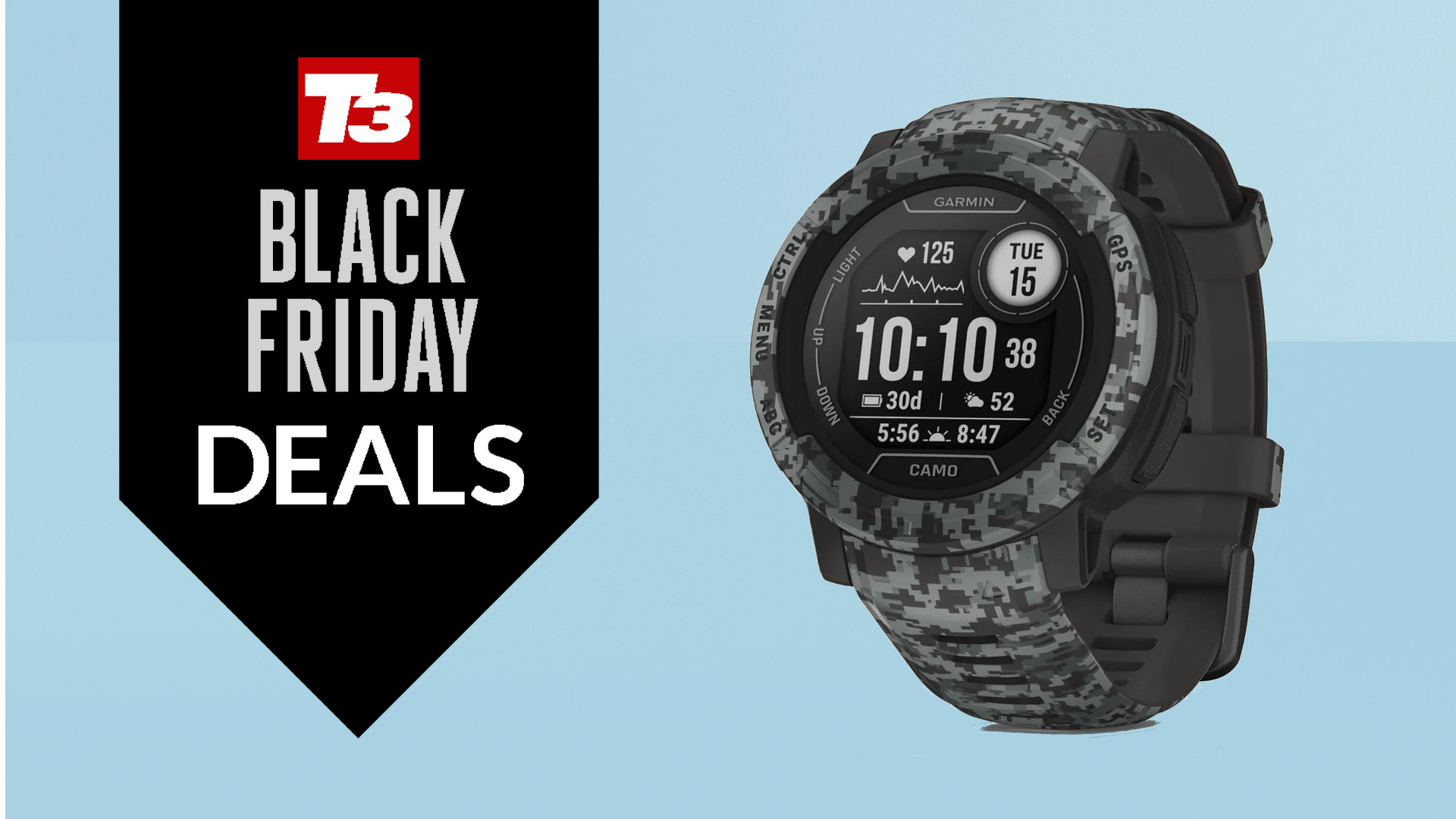 This rugged adventure Garmin is mega cheap in Walmart’s Black Friday sale
This rugged adventure Garmin is mega cheap in Walmart’s Black Friday saleThe Instinct 2 is a top watch for outdoor and sport enthusiasts
By Bryony Firth-Bernard
-
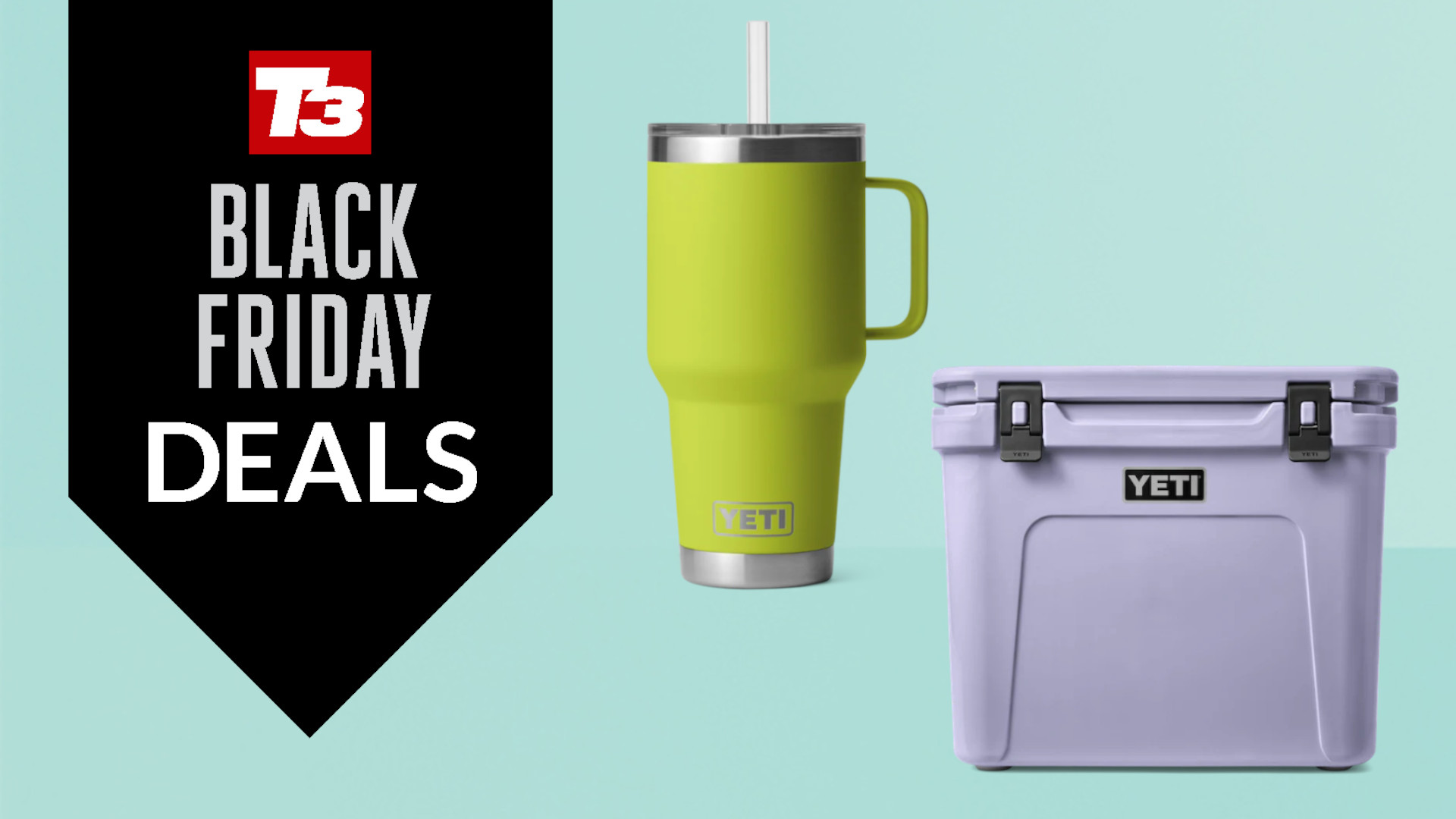 YETI’s best-selling products are ridiculously cheap in Amazon’s Black Friday sale
YETI’s best-selling products are ridiculously cheap in Amazon’s Black Friday saleFancy yourself a tumbler, rambler or cooler? Amazon's reduced them all
By Bryony Firth-Bernard
-
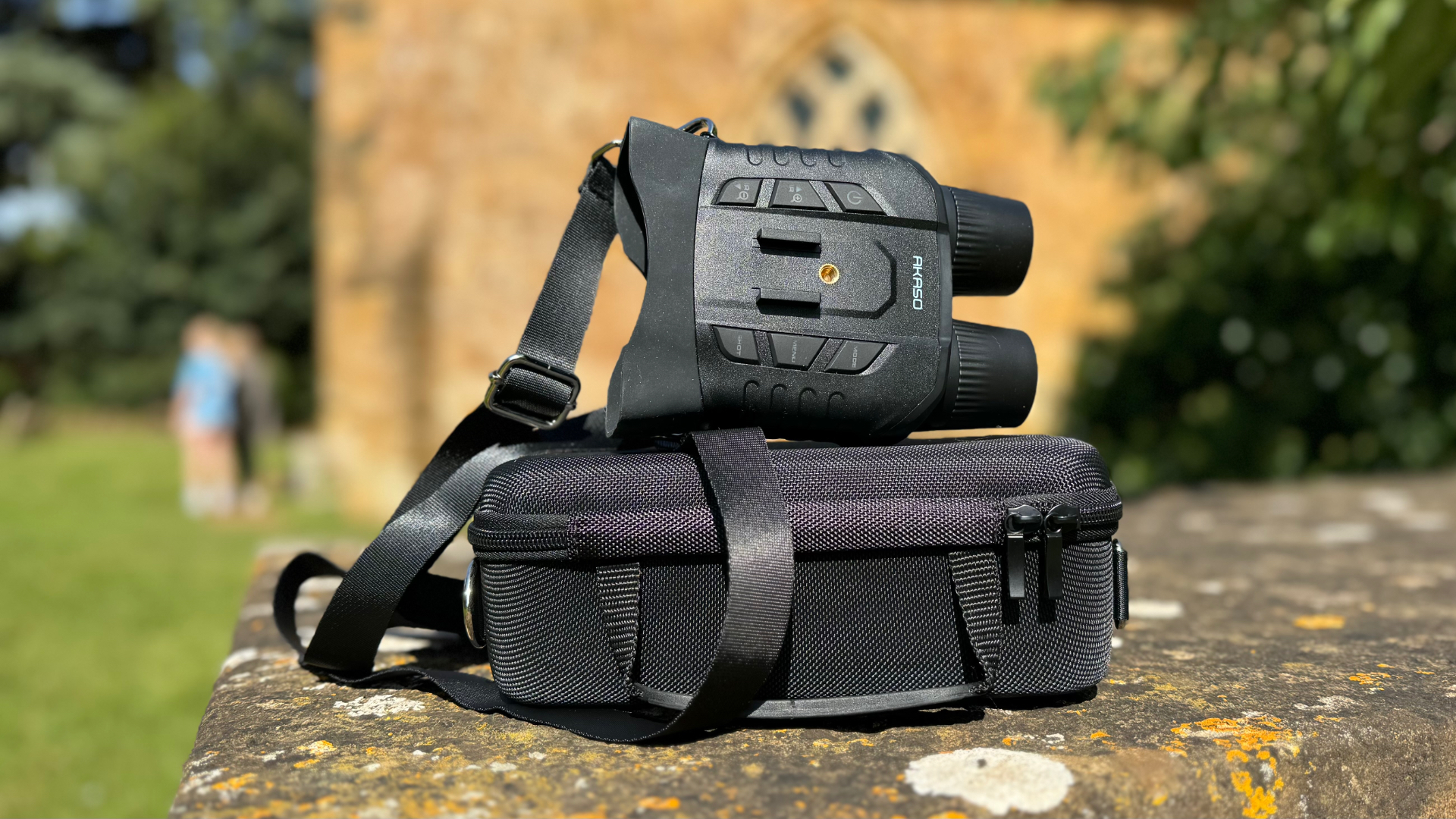 AKASO Seemor 200 night vision goggles review: unparalleled clarity for nighttime adventures
AKASO Seemor 200 night vision goggles review: unparalleled clarity for nighttime adventuresAKASO’s new NVD unlocks the night with cutting-edge colour vision technology
By Derek Adams
